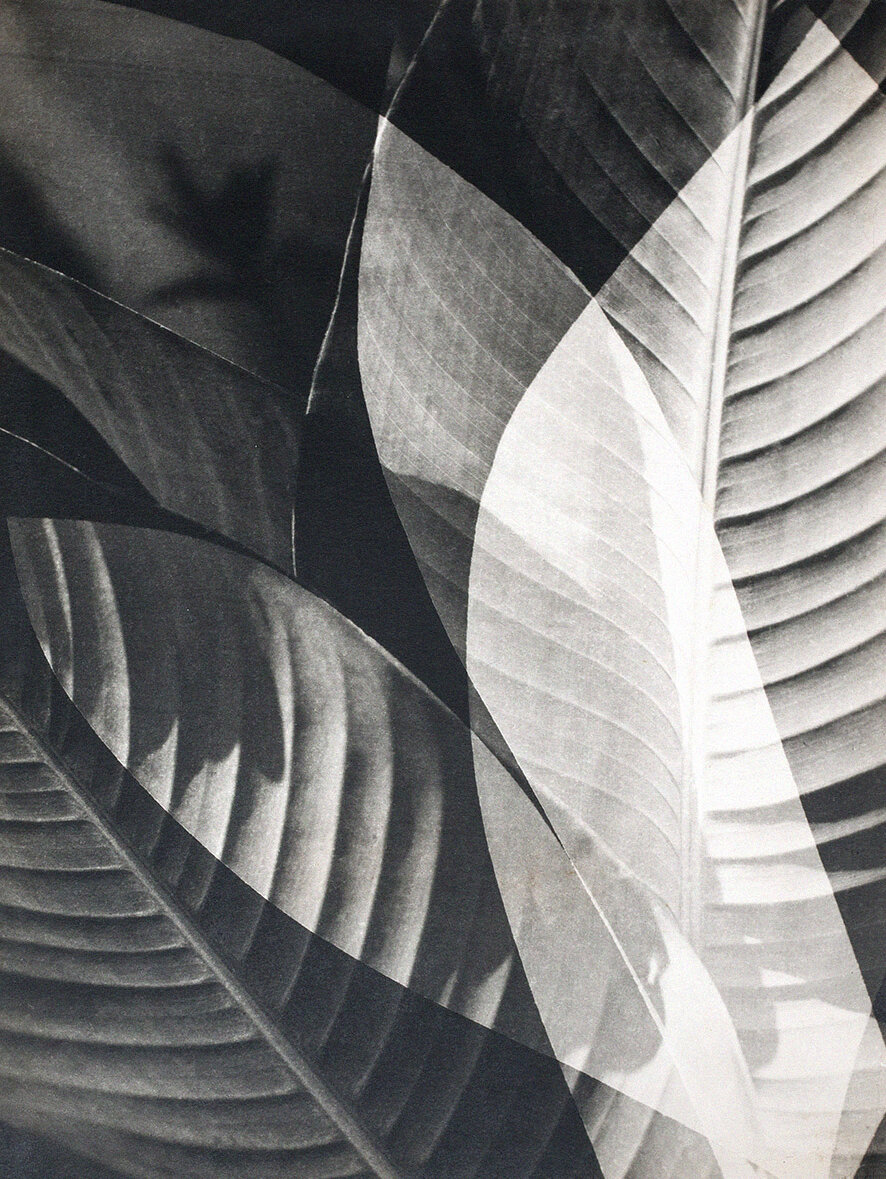Gertrudes Altschul
Berlin, Germany, 1904 – São Paulo, Brazil, 1962
Gertrudes Altschul was born in Germany in 1904 and, like many Jews in the 1930s, she was forced to leave the country under the threat of Nazism rise. Thus, in 1939, together with her husband Leon Altschul, she went into exile in Brazil and settled in the city of São Paulo, at the end of that year. Two years later, the nucleus of her family was restored with the birth of the couple's only son, Ernest.
After settling in the capital of São Paulo, Gertrudes became a member of Foto Cine Clube Bandeirante (FCCB) in 1952, being then the only female member of Escola Paulista. Altschul continued her photographic production along the same path initiated by the pioneers (namely José Yalenti, Thomaz Farkas, Geraldo de Barros and German Lorca), that is, the construction of a modern aesthetic in Brazilian photography within the FCCB, based on the researches conducted on the Bauhaus school, whose theories had arrived in Brazil in the post-war period.
In line with the language research conducted by Escola Paulista, Gertrudes broke the rules of classical composition by employing shadow & light, lines, planes & rhythms, abstract shapes, oblique angles and geometric motifs in her images. For her, photography was a means of expression, while experimentalism was, in turn, a way of ratifying photography as an artistic tool.
She seeks to dilute the framework by exploring modern architecture in her images. For example, in the case of Lines and tones, where image organization occurs in the juxtaposition of the flat shape of a building and a curved line, in an architectural mosaic that rises up vertically in the frame. Gertrudes emphasizes the lines and planes game by decentralizing the interest in the objects themselves. The artist favors the architectural element as a generator of geometric compositions, which will always confuse the viewer in relation to vision codes through unusual angles.
Formal investigation will also appear in the use of photomontage, which is a constant in her artistic activity. In the Composition photo, she intervenes in the image by projecting three buildings on the same photographic copy, all photographed from different angles through a lower shot, thereby organizing the set in such a way that the space between them makes up a frontal triangle. The composition has a strong geometric appeal, which will also cause a disorder in the look by contradicting the frontal framing.
In the attempt to overcome the limits of the photographic language that are imposed by the camera, Gertrudes makes use of such resources as solarization and photogram in the photographic laboratory. She experiments with botanical motifs and creates a series of frames with leaves. Objects and materials from her domestic environment are recurrent in her works, a characteristic that was prevalent in the feminine artistic production of her time.
Her career was prematurely interrupted in 1962 by her death. Nevertheless, the artist left an important legacy for modern Brazilian photography, and today her work is recognized both in the country and abroad.
In 2015, her photographs were exhibited at Casa da Imagem, in São Paulo, curated by Isabel Amado – who has been taking care of Gertrudes Altschul collection since 2015 –, when the New York Museum of Modern Art (MoMA) acquired twelve vintage photographs for the collection of the museum.
selected works
Vintage photographs and limited editions. Complete catalog and prices available on request via e-mail: contato@isabelamado.com.br

























